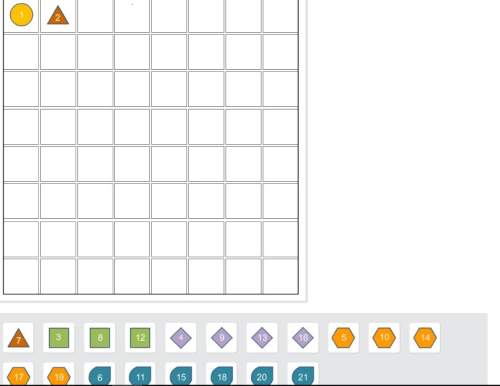
Match each geological formation with the type of boundary interaction that most likely created it.
continental-continental
convergence
oceanic-oceanic
convergence
oceanic-oceanic
divergence
The mid-oceanic ridge system
is a continuous oceanic ridge
that runs through all five of
Earth’s oceans. Although it
is an underground formation,
it is the longest mountain
range in the world.
arrowRight
The Himalayas are a non-volcanic
mountain range that includes
some of the world’s highest
peaks. The Himalayas lie between
the Indo-Gangetic Plain of northern
India and the Tibetan Plateau.
arrowRight
The Mariana Trench in the Pacific
Ocean is the deepest trench in
the world. Along its subduction
zone, there’s an area called
Challenger’s Deep, which is
known to be the deepest point
on Earth.
arrowRight

Answers: 2
Other questions on the subject: Chemistry

Chemistry, 21.06.2019 22:30, britotellerialuis
Ibeg i need 20. a reaction produces 4.93 l of oxygen, but was supposed to produce 1 mol of oxygen. what is the percent yield?
Answers: 1

Chemistry, 22.06.2019 04:00, mgnbrnne
Two nitro no2 groups are chemically bonded to a patch of surface. they can't move to another location on the surface, but they can rotate (see sketch at right). it turns out that the amount of rotational kinetic energy each no2 group can have is required to be a multiple of ε, where =ε×1.010−24 j. in other words, each no2 group could have ε of rotational kinetic energy, or 2ε, or 3ε, and so forth — but it cannot have just any old amount of rotational kinetic energy. suppose the total rotational kinetic energy in this system is initially known to be 32ε. then, some heat is removed from the system, and the total rotational kinetic energy falls to 18ε. calculate the change in entropy. round your answer to 3 significant digits, and be sure it has the correct unit symbol.
Answers: 2

Chemistry, 22.06.2019 06:30, irvinbhangal2
What effect might melting sea ice have for people who live in coastal areas?
Answers: 1
Do you know the correct answer?
Match each geological formation with the type of boundary interaction that most likely created it....
Questions in other subjects:

Mathematics, 26.01.2021 01:00


History, 26.01.2021 01:00



History, 26.01.2021 01:00



Mathematics, 26.01.2021 01:00

Mathematics, 26.01.2021 01:00







